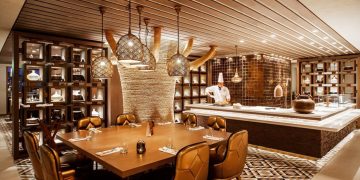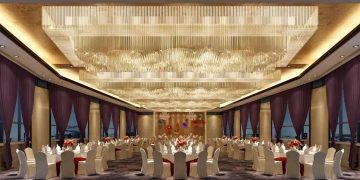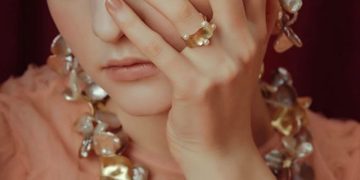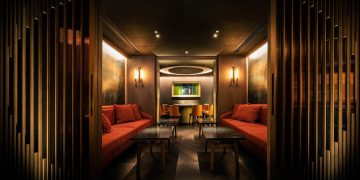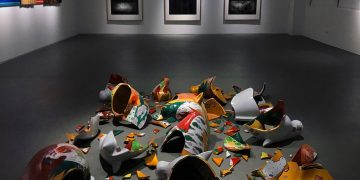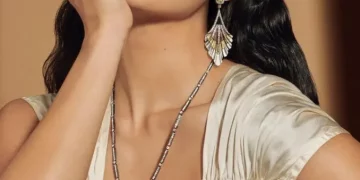The grand halls of the National Museum of China in Beijing recently echoed with the refined elegance of one of the world’s most iconic luxury brands, as the Louis Vuitton (often abbreviated as ‘LV’) Monogram Exhibition unveiled its timeless charm within the hallowed walls of the nation’s premier cultural institution. This collaboration, unprecedented in its scope and significance, marked a milestone in bridging the gap between heritage, art, and contemporary luxury, offering a unique perspective on the evolution of design and craftsmanship over two centuries.
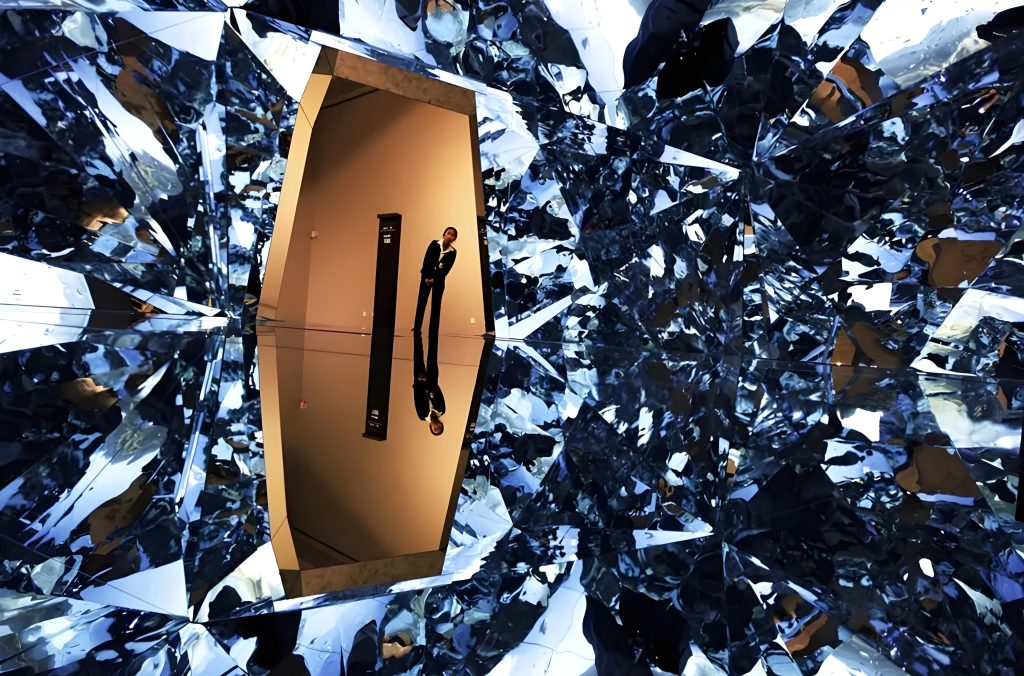
A Journey Through Time: From Steamer Trunks to Modern Marvels
The exhibition traced the extraordinary narrative of Louis Vuitton’s illustrious journey, beginning with its humble origins in 19th-century Paris and culminating in the present day, where each piece was a testament to the brand’s unwavering commitment to innovation and excellence. Visitors were transported on a visual odyssey, witnessing the transformation from early steamer trunks designed for the rigors of transcontinental travel to the sleek, sophisticated bags that adorn the arms of today’s global citizens. Spread across four spacious galleries, the exhibition showcased an extensive array of LV’s classic creations, from practical carryalls to statement-making accessories, each imbued with a story of its own.
Echoes of China: A Cross-Cultural Connection
Among the countless treasures on display, two particular pieces stood out for their deep-seated connection with China. One such marvel was an 1885 postal trunk, custom-made for renowned travelers Juan Antonio and Charles Best. This time-honored artifact bore witness to countless adventures, its surface adorned with faded luggage tags from iconic establishments such as the Shanghai’s Pujiang Hotel and Beijing’s Legation Quarter Hotel, relics of a bygone era that speak volumes about the trunk’s transcontinental sojourns. Its presence underscored the brand’s historical ties to the Far East and the enduring fascination that Eastern cultures have held for LV’s designers and patrons alike.
An Ode to Creativity and Craftsmanship
The exhibition design itself was a work of art, with every detail meticulously curated to evoke a sense of wonder and awe. Giant hot-air balloons hovered majestically above, their baskets dangling with an eclectic mix of LV luggage, each piece a glistening reminder of the brand’s unparalleled craftsmanship. Mirrors and lighting were employed in abundance, creating a shimmering, almost surreal atmosphere that amplified the allure of the displayed items, turning the galleries into a dazzling spectacle of luxury and refinement.
Inspiring the Future of Chinese Creative Industries
The decision to host such a prestigious exhibition at the National Museum of China was not made lightly. According to museum officials, the initiative was undertaken after careful consideration, with the aim of fostering inspiration and promoting dialogue between China’s burgeoning creative industries and the global leaders in luxury design. Chen Lusheng, a key figure behind the collaboration, emphasized that the selection criteria prioritized both historical significance and artistic merit, underscoring Louis Vuitton’s 157-year legacy and its widespread appeal among Chinese enthusiasts. He hinted at future endeavors, suggesting that the museum would continue to explore partnerships with other renowned international brands, further enriching its cultural offerings and fostering a vibrant exchange of ideas.
A Worthy Investment: Louis Vuitton’s Commitment to Cultural Engagement
For Louis Vuitton, the exhibition represented a significant investment in cultural engagement and brand storytelling. The brand’s representatives acknowledged the financial outlay but stressed that the experience surpassed all expectations, underscoring the value of connecting with audiences in such a profound and meaningful way. By entering the hallowed halls of the National Museum of China, Louis Vuitton not only showcased its heritage and craftsmanship but also demonstrated its commitment to nurturing cultural exchange and fostering a deeper understanding of luxury beyond its material form.









